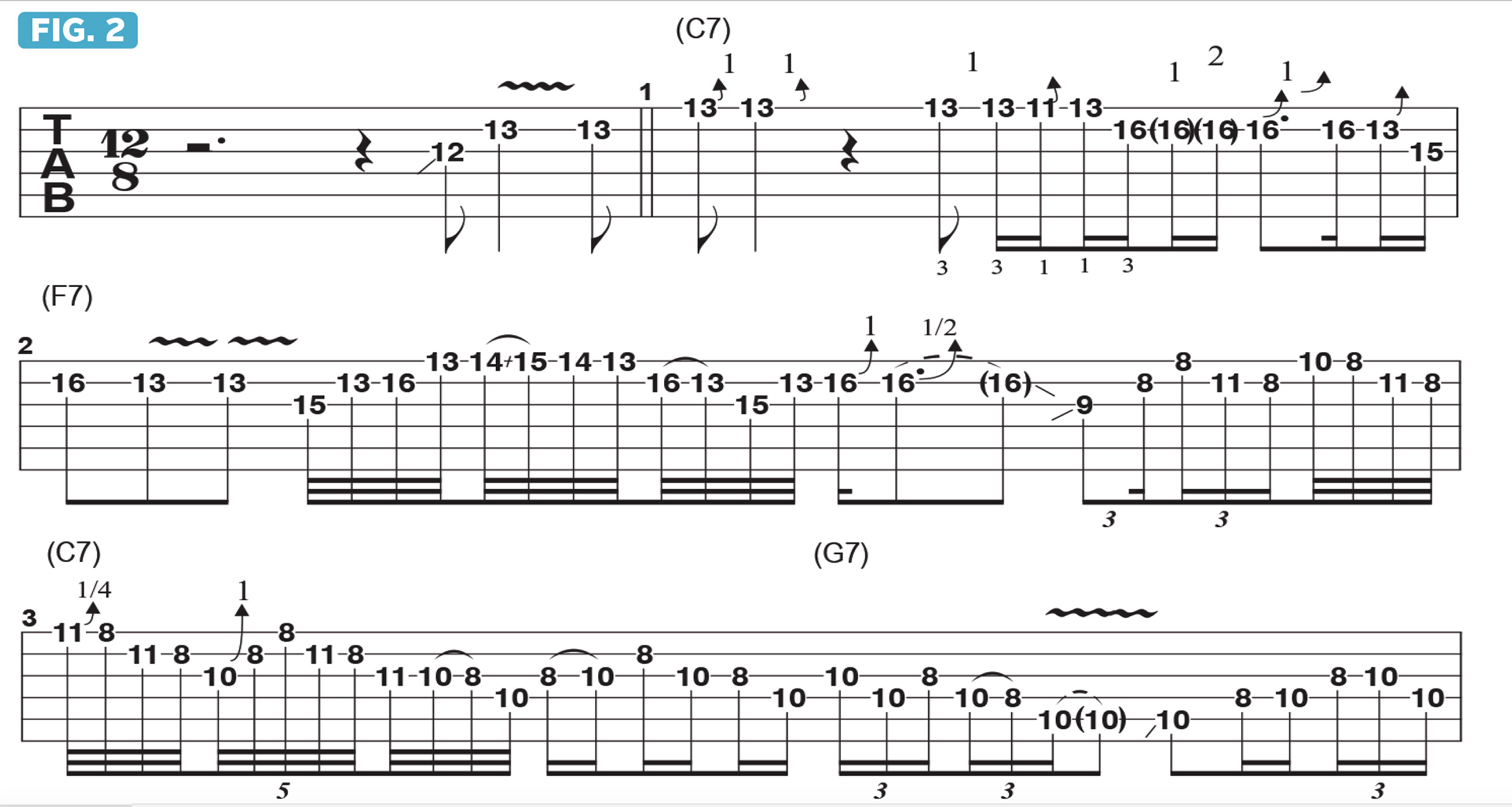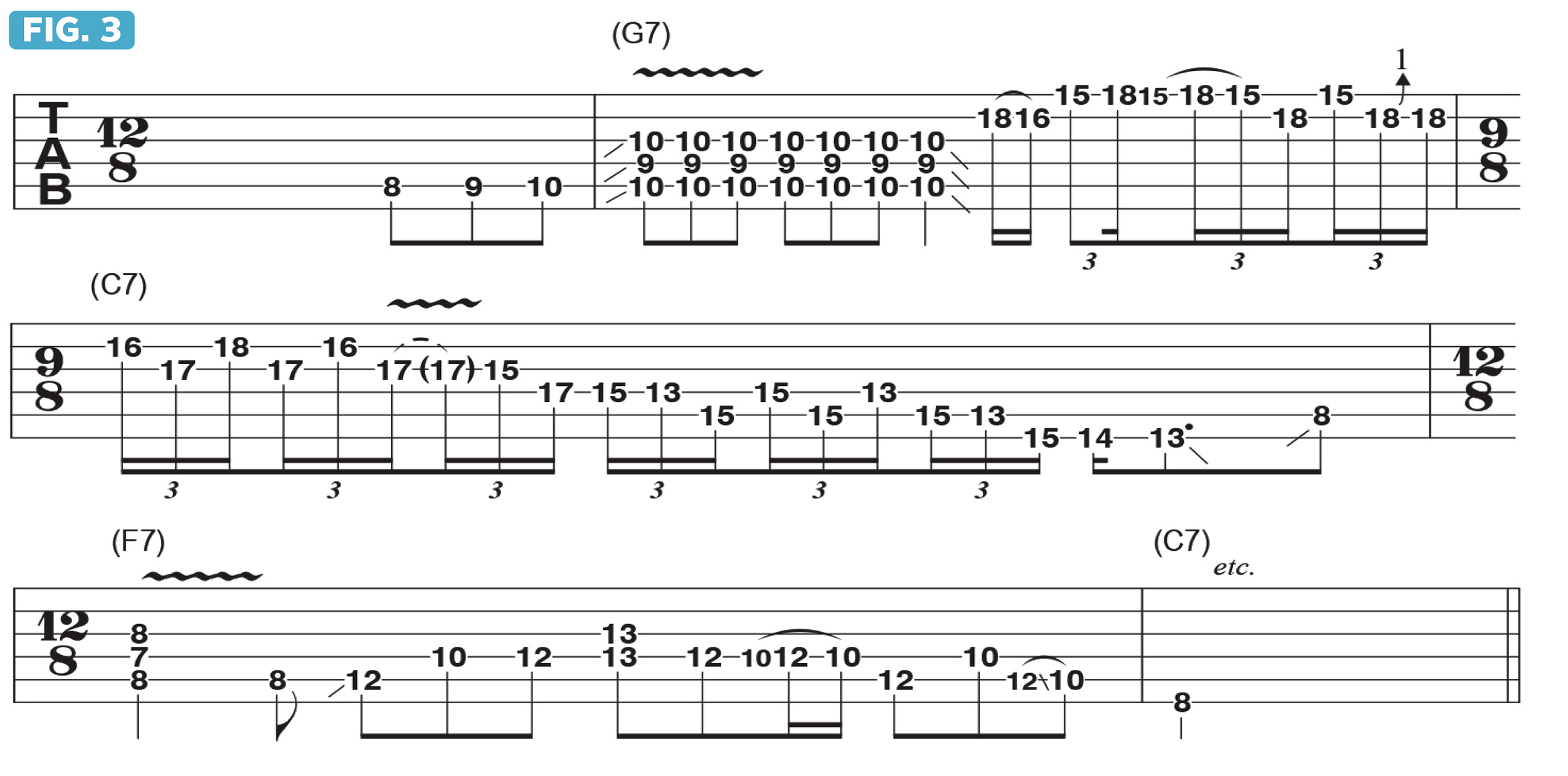Joe Bonamassa introduces you to the playing of Pee Wee Crayton, one of the most underrated blues guitarists of the 20th century
Armed with a Fiesta Red Strat and a dynamic style, Crayton was a powerhouse of '50s blues guitar. This lesson takes you inside Bonamassa's interpretation of the Crayton classic Win-O

I’m currently recording a 20th anniversary follow-up to my 2003 album, Blues Deluxe, which will be titled, appropriately, Blues Deluxe, Vol. 2. One of the songs we cut for this record is a cover of Pee Wee Crayton’s Win-O.
I love that song! In my humble opinion, Crayton is one of the most underrated bluesmen of the 20th century. He did most of his recording in the 1950s, and Win-O was recorded in 1954 and released on Imperial Records.
Pee Wee had a great guitar, one that now finds its home in the blues museum down in Memphis. It’s a Fiesta Red Fender Stratocaster with a gold pickguard, made in 1955. When we cut our version of the song, we approached it like the original recording but with a bit of a Paul Butterfield Blues band-type of spin on it.
The song starts off quietly and unassuming, along the lines of Figure 1. Playing in the key of C, I begin with a pickup of a Db9 chord into the C9 played on the downbeat of bar 1, followed by a simple lick based on the C minor pentatonic scale (C, Eb, F, G, Bb) and then a similar half-step chord shift, down from the flatted 5bth, Gb9, to the 4th, F9.

After the third verse, I go straight into a punchy, in-your-face approach, as shown in Figure 2. This is akin to what I think Mike Bloomfield might have done with the tune if he’d recorded it with the Butterfield band.

All the licks in this example are based on the C blues scale (C, Eb, F, Gb, G, Bb), and I begin in an Albert King-like style by hitting the 5th, G, followed by a heavily vibrato-ed C root note, fretted with the ring finger (3). This finger is also used to bend F up a whole step to G at the start of bar 1.
But notice that, after fretting the Eb (1st string/11th fret) with my index finger (1), I move that finger up to fret F at the 13th fret, in order to use my ring finger to perform the Albert-style overbends on Eb, on the B string’s 16th fret.
I hang around in 13th position through the first three beats of bar 2 then shift down to 8th position on beat 4 and remain there until I move back up to 11th position in the final bar.
One thing I always loved about Mike Bloomfield was that, no matter how wild he got, he’d always bring it home by the end of the solo with a simple lick, almost as if it were a cue for the band.

As shown in Figure 3, coming off the V (five) chord, G7, I jump up to 15th position for some fast repeating phrases that stick with C minor pentatonic, working my way down to 13th position at the end of bar 3 and then into lower positions by the end of the example, to set up the return to the final verse section.
It was fun to play a Les Paul on a song that was originally recorded on a Strat. I took some artistic license and added my own twists here and there. The most important thing about recording any cover is to be creative. We already have the original, so make it your own!
Get The Pick Newsletter
All the latest guitar news, interviews, lessons, reviews, deals and more, direct to your inbox!
Joe Bonamassa is one of the world’s most popular and successful blues-rock guitarists – not to mention a top producer and de facto ambassador of the blues (and of the guitar in general).
“There are so many sounds to be discovered when you get away from using a pick”: Jared James Nichols shows you how to add “snap, crackle and pop” to your playing with banjo rolls and string snaps
Don't let chord inversions bamboozle you. It's simply the case of shuffling the notes around








![Joe Bonamassa [left] wears a deep blue suit and polka-dotted shirt and plays his green refin Strat; the late Irish blues legend Rory Gallagher [right] screams and inflicts some punishment on his heavily worn number one Stratocaster.](https://cdn.mos.cms.futurecdn.net/cw28h7UBcTVfTLs7p7eiLe.jpg)


